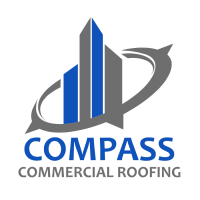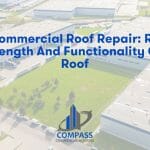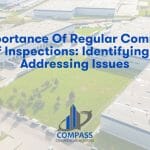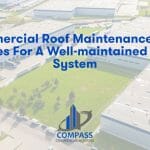Understanding Infrared Technology
Since the inception of commercial roofing, companies have constantly sought innovative ways to improve efficiency, accuracy, and cost-effectiveness during inspections. One impressive technological advancement that has revolutionized this industry is Infrared Technology. Companies like Compass Commercial Roofing, a top-rated commercial roofing company in Dallas, TX, have harnessed this powerful technology to significantly enhance commercial roof inspections.
Infrared technology operates by detecting heat variations on the roof surface to pinpoint areas of moisture build-up. This tool enables a comprehensive picture of the roof’s condition, increasing the efficiency and accuracy of inspections.
Integrating Infrared Technology in Roof Inspections
Commercial Roof Inspections are a vital part of maintaining the integrity of a building’s roofing system. These inspections aim to identify potential problems, preventing costly repair or roof replacement. With the help of infrared technology, companies like Compass Commercial Roofing can conduct highly accurate and detailed inspections.
During an inspection, an infrared camera is used to capture images of the roof, which are then interpreted to determine the areas with potential issues. These cameras detect the variations in heat emitted from the roof, with cooler areas indicating possible moisture build-up or insulation damage. The images produced offer an accurate map of the roof’s condition, highlighting areas requiring immediate attention.
Economic Benefits of Infrared Technology
Not only does infrared technology aid in the accuracy of commercial roof inspections, but its application is also cost-effective. A traditional roof inspection may involve intrusive and labor-intensive procedures that could inadvertently damage the roof. However, with infrared technology, large rooftop areas can be reviewed quickly, in a non-destructive manner.
Moreover, early detection of issues through infrared technology can save a considerable amount of time and resources in roof management. Detecting minor issues before they escalate into significant, more costly problems will result in substantial long-term savings.
Safety Advantages of Infrared Technological Approaches
Safety is a top priority for a roofing company. Traditional commercial roof inspections often involve individuals physically inspecting the roof, which carries inherent risks. Infrared technology eliminates the need for personal risk by allowing for a contactless approach to inspections. Infrared cameras, mounted on drones or other equipment, can safely inspect the condition of the roof from a distance, minimizing potential safety hazards.
The Accuracy of Infrared Inspections
Inspecting a roof, particularly a large commercial one, can be a daunting task. However, the integration of infrared technology into commercial roof inspections has substantially increased accuracy. As technology continues to advance, the sensitivity of infrared detectors has significantly improved, allowing for more precise detection of heat, even in small areas. This pinpoint accuracy makes identifying potential weak spots and leaks in roofing a more straightforward task.
Maintaining Sustainability with Infrared Technology
Modern businesses are all about sustainability, and commercial roofing is no exception. The use of infrared technology in commercial roof inspections can contribute greatly to sustainability. By identifying areas of heat loss or moisture build-up, businesses can work toward more energy-efficient roofs, thus reducing their carbon footprint and contributing to a greener future.
Final Thoughts on Infrared Technology in Commercial Roof Inspections
In recent years, infrared technology has become an indispensable part of commercial roof inspections. Companies like Compass Commercial Roofing are leading the way in implementing this technology, to provide safer, more accurate, and cost-effective roof management solutions.
The integration of infrared technology helps businesses in many aspects, from enhancing safety and accuracy, saving resources, contributing to sustainability efforts, and ultimately, ensuring the longevity of the roof. With technological advancements continually improving this already influential tool, it’s safe to say that infrared technology is setting a new standard for commercial roof inspections.






